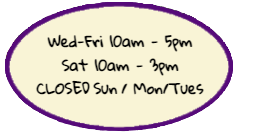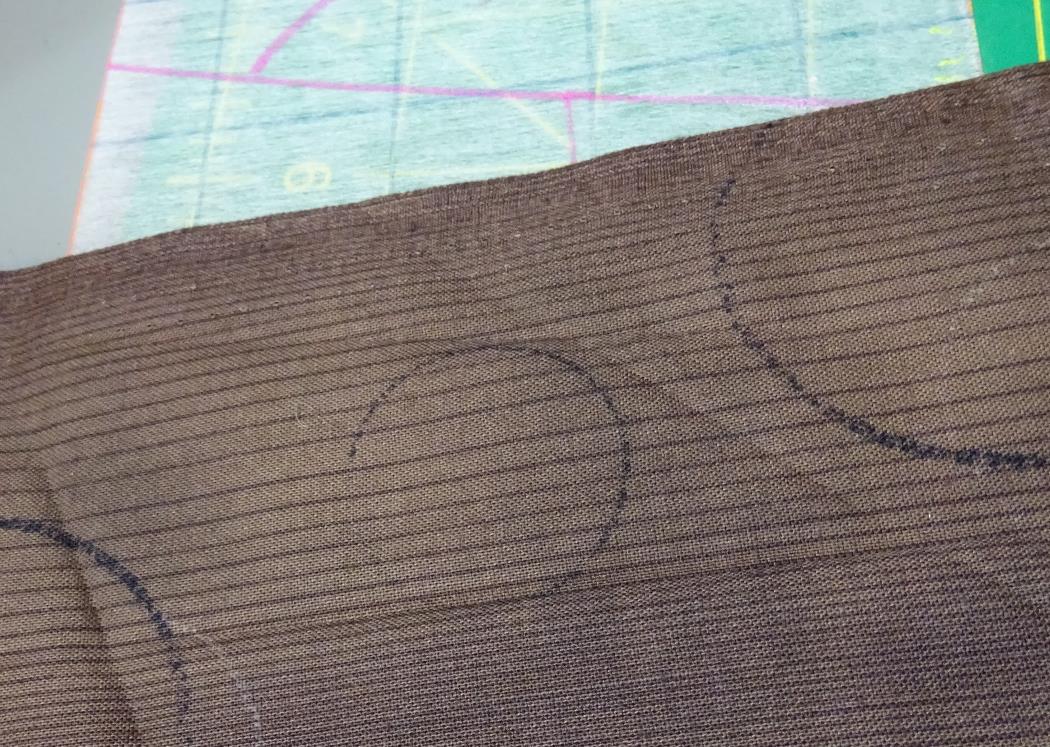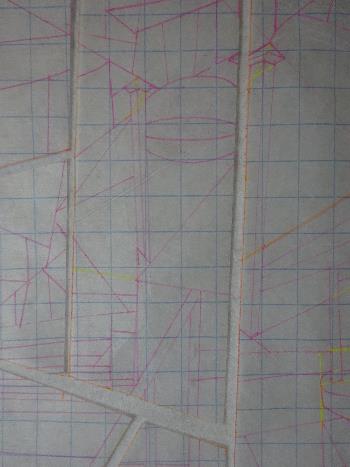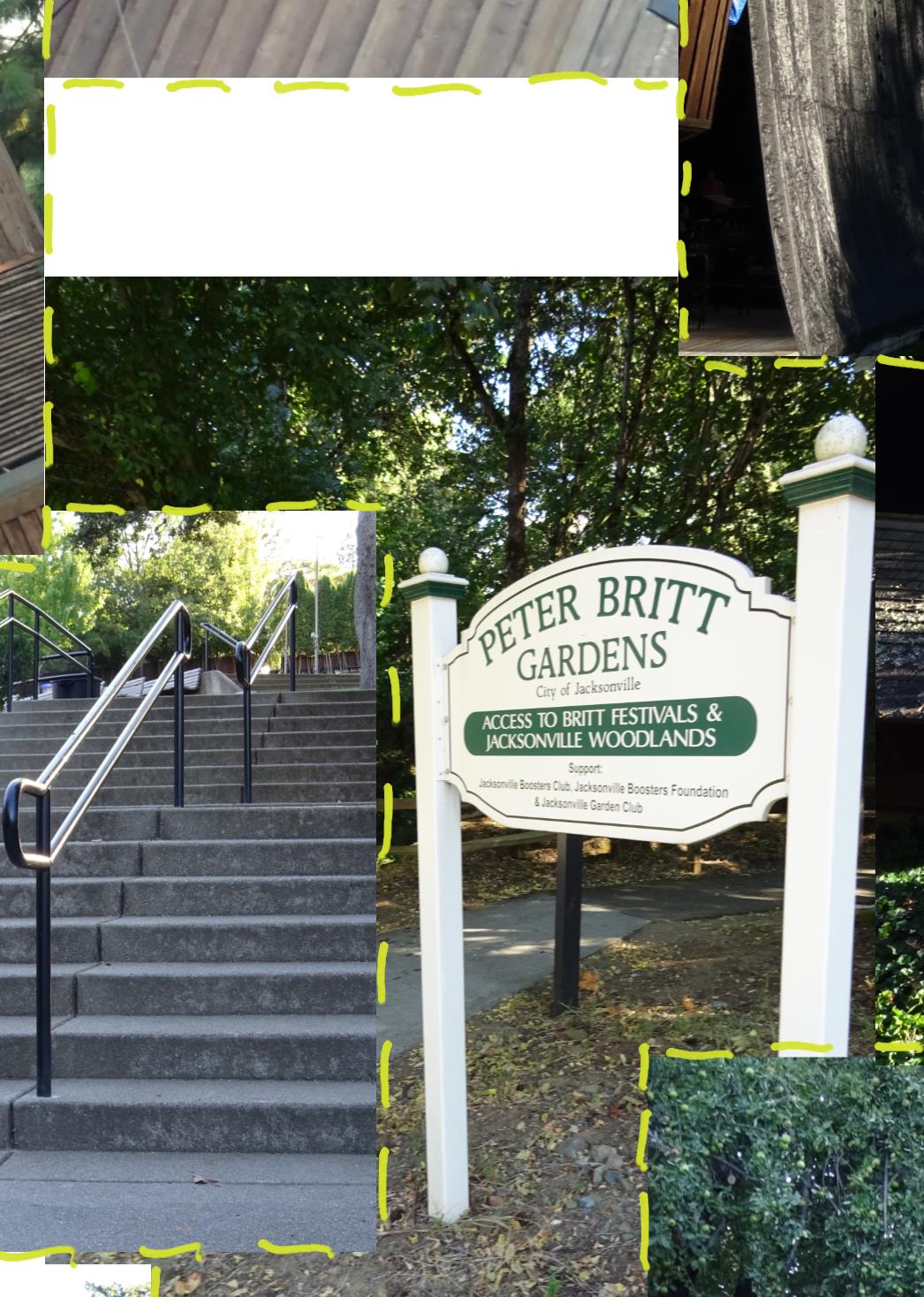Just like musicians getting their instruments ready and tuned before playing, I spend a few moments getting my machine primed for the day. This is an easy habit to get into and will help to make the sewing time go smoother.

The first step is to brush out the bobbincase area. Using the small brush that came with my machine, I gently pull out lint from the bottom and from within the bobbin "basket". (At this point I should mention I am using a BERNINA 830 Limited Edition from 2010 which has a built-in, front-load bobbincase.) I don't do it every time, but every so often I also pop the stitch plate and brush around the feed dogs and automatic thread cutter. I have never used canned air. Those products not only contain drying chemicals that strip essential oils, but they force lint - and any other debris, such as a broken needle tip - further into the machine where it can only be removed professionally.

Next I need to add a drop of oil to the bobbin area. Some BERNINA models now use an oil reservoir which you fill up on a more occasional basis, but most BERNINA machines - with a standard bobbincase - should have a drop of oil applied before use. The special viscosity oil used for the mechanism is very light weight and evaporative. Because the oil does evaporate it is possible that I'll add another drop after hours of sewing if my machine starts to sound loud and break thread. (This is also why I do all of this BEFORE I start the sewing day, not at the end.) Sometimes I'll sweep with the lint brush one more time after applying the oil because it acts like a cleansing solution; there will be additional fluff that didn't come out with the initial dry-brush cleaning.

Lastly I'm going to set up the machine specifically for the task. I will only be using straight stitch for piecing seams, so I replace the standard zig-zag plate (9mm for this machine) with a straight stitch plate. A straight stitch plate has a single small hole lined up with the center needle position; this provides support under the fabric so the ends (especially points) won't be pushed down into the opening. The technical staff at BERNINA tells me the support also helps to create a tighter stitch.
I will be using a #97 quarter inch foot designed specifically for 9mm machines. The right hand outer edge is exactly 1/4" from center needle position (CNP), and it is 1/8" from the inside of the right toe to the CNP. The left side has been widened (from foot #37) to give better traction by covering the entire left feed dog. The quarter inch on the left side is at the inside edge of the toe, while an 1/8" mark is etched into the metal. I don't find dual feed helpful for the little pieces I will be mostly using so, though I own it, will not be using #97D at this time. I also find any kind of physical guide along the edge to just be in the way for this delicate work so I don't bother with adding that.
Remember with straight stitch plates and feet it's important not to choose anything other than straight stitch! You will break your needle (which are disposable anyway), but you also run the risk of throwing the machine out of time if you slam it hard enough. There is a red caution symbol on the plate to help remind you, but my machine allows me to tell it I have inserted a 0mm stitch plate and it will automatically make everything default to that so I can't accidentally make such a mistake. I also input what foot I have put on so the machine won't let me do anything *stupid* I will regret.
For standard quilt cotton piecing I use a Jeans point needle in size 80/12. The Jeans point means that the point is sharper and the steel has been tempered for rigidity. The typical Universal needle on the other hand is somewhat dull to begin with (considered a slight ballpoint) and the standard steel flexes during stitching, giving a slight wobble to the line. Size 80/12 is light enough for the weight of fabric and thread I'm using; going smaller only increases the chances of breakage while sewing. Also, most auto threaders do not work well with needles smaller than 75/11.
Now I just need to thread up (my preference is Mettler 60 wt cotton) and perform a quick test run. I'm all tuned up and ready to play, which I'll talk about next time.











